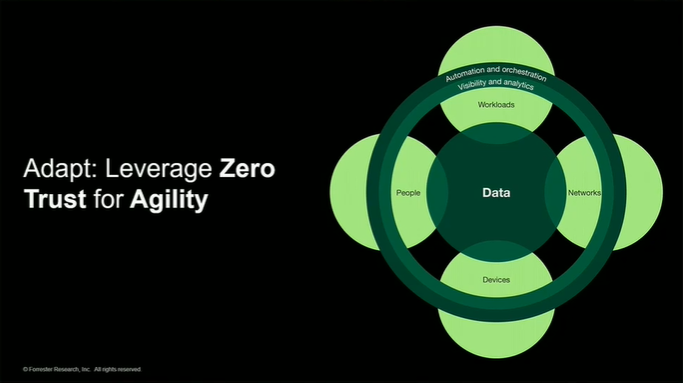The Digital Service Providers (DSPs) are riding an automation wave. Painful manual tasks, which burdened staffs for ages, can now be easily handled by the software bots. However, in the process of onboarding the digital workforce, most DSPs have missed establishing strong unified governance. In a survey done by Forrester Consulting, 61% responded that the control & operations of RPA bots are immature.
Lack of unified governance of the digital workforce significantly impacts different users such as RPA Center of Excellence (CoE), business unit owners, production support team, and the operations team. These users face challenges in areas such as managing bot license and application credentials, orchestrating bots across platforms, and analyzing real-time bot performance and its utilization. They also lack real-time alerts on process failures and forecast, which often lead to missing SLA for critical deliveries.

The production support team usually lacks an integrated view of all the bots deployed across different processes and platforms. They need to manually login to each bot machine, analyze issues, and then take subsequent action. An integrated visual control room can bring higher levels of collaboration & transparency while managing bots across processes and platforms.

Business Unit (BU) owners lack real-time visibility in the running processes. Also, the production support team is often not aware of inflow in real-time and if the bot has stopped picking orders. Such production outage issues easily take 20-30 mins even to be detected. These issues can be addressed using a bot delivery forecast and inflow alert mechanism.

Delivery forecast for a process can be calculated by capturing the Average Handling Time (AHT) for an order to be completed, the number of bots assigned, estimated inflow for the day, and number of orders completed. This helps BU users to reallocate or scale-up bots for any specific processes which are lagging. In the above sample image, bots can be switched from (B) Order Entry & Order Provisioning process to (A) Access Disconnects process, ensuring SLAs for both the processes are met for the day.
Inflow alerts to the production support help in quickly detecting the issue, thereby reducing any downtime impact. The following inflow alert status can be used.
In the above sample image, for (C) Voice Dispatch process, though the bot is in running status, it is not picking the orders. This requires immediate action or else can impact the SLA for this process.
Manually managing credentials is a complex and lengthy process. It requires building a strong identity, access, and authorization management. This can be achieved efficiently with an automated credential management process along with data privacy. This workflow is detailed below.

Licenses once purchased, get used across different processes over time. Tracking license usage and expiry across processes gets complicated with a greater number of bots. A bot license expiry and occupancy tracker are vital to tackle this tedious task. This can be achieved by License Utilization Tracker, which provides a holistic view of all the licenses purchased for each process and keeps track of unused licenses across processes to re-use them more efficiently. Also, an automated alert can be sent to RPA CoE & production support on prior notice (e.g. 45 days before license expiry).
Database health check assessment is crucial to avoid instability and performance issues. Having real-time health monitoring to keep track of multiple databases across processes can avoid such impacts. This can be achieved with below functionalities:
Managing the automation infrastructure by traditional methods limits visibility to availability, searchability, integrity, and consistency. This leads to improper utilization of resources. Unified bot infrastructure managers can bring more visibility and transparency. This can keep track of the availability of resources and provide configuration details such as bot machine details, associated bot ID and physical, network, and logical configuration.
Understanding and tracking bot utilization is a very complex and time-consuming process. Analyzing trends based on historical information can help in extracting actionable insights.
Analyze the average number of hours bots remain idle per day and monitoring the difference between actual bot run time vs. actual bot working time. RPA CoE can use these insights to cross-utilize bots across the process. They can find what processes are lagging by looking at the delivery trends. Bot downtime hours is a clear indication to find gaps in the workflow. These insights can be used to further optimize the process.
Business & Operational Benefits for a Leading Digital Service Provider (DSP) in North America
Establishing an effective RPA bot governance model as mentioned in this article, helped the DSP to realize major benefits.
By Ramanan GV





